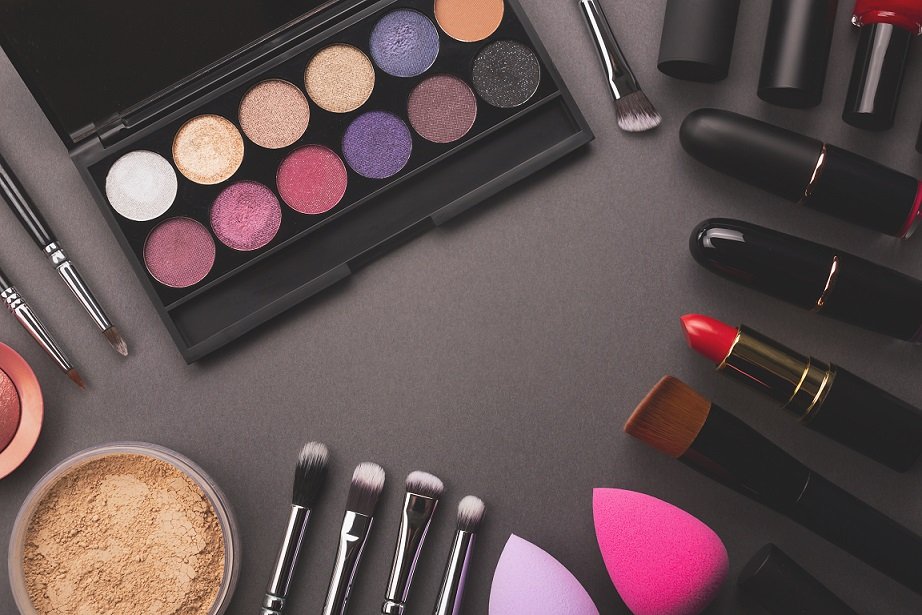On January 16, 2024, in response to the amendment of the ASEAN Cosmetic Directive based on the 38th ASEAN Cosmetic Committee (ACC) Meeting, the National Pharmaceutical Regulatory Agency (NPRA) promulgated a notification document accepting the amendment. It was announced that the amended content, such as the addition of prohibited substances and restricted substances, will also be reflected in the country’s “Guidelines for Control of Cosmetic Products in Malaysia”. Depending on the chemical substance that has been banned, some amendments will come into effect on the date of promulgation of this circular.
The following summarizes the accepted amendments.
Annex II: List of Prohibited Substances (Refer to Appendix A of the Circular)
Cosmetics containing the following substances will be completely banned from January 16, 2024.
-
- Mercury and its compounds, MBM, MBO, HPT
- N,N-diethyl-m-toluamide/Diethyltoluamide (DEET)
Cosmetics containing the following substances can be marketed until November 15, 2024:
-
- 14 chemicals under European Commission Regulation (EU) 2022/1531
Annex III: List of Restricted Substances (Refer to Appendix B of the Circular)
- Hydrogen peroxide, and other compounds or mixtures that release hydrogen peroxide, including carbamide peroxide and zinc peroxide (excluding substances listed in the Prohibited Substances)
When using the above substances in the following products, the maximum authorized concentration must be observed. In addition, the specified precautions must be printed and displayed on the label.
| Applicable products | Maximum authorized concentration (present or released) | Other limitations and requirements |
|---|---|---|
| Hair products | 12% | – |
| Skincare products | 4% | – |
| Nail hardening products | 2% | – |
| Oral Hygiene products | 0.1% | – |
| Teeth whitening or bleaching products (i) For general consumer use (ii) For use by the consumer under the supervision of a qualified dental practitioner (iii) For application by a qualified dental practitioner only |
(i) 0.1%
(ii) More than 0.1% and 0.6% or less (iii) More than 6% and 35% or less |
(ii) and (iii): Only to be used by a qualified dental practitioner. Not for direct sale to the general public. |
- Mint marigold (Tagetes minuta), French marigold (Tagetes patula), African marigold (Tagetes erecta) flower oil or extract
| Applicable products | Maximum authorized concentration | Other limitations and requirements |
|---|---|---|
| Leave-on products | 0.01% | Not to be used in sunscreen products and products marketed for exposure to natural/artificial UV light.(22) |
| Rinse-off products | 0.1% | (also applies to the above “Leave-on products”)
|
- Methyl N-methylanthranilate
| Applicable products | Maximum authorized concentration | Other limitations and requirements |
|---|---|---|
| Leave-on products | 0.1% | Not to be used in sunscreen products and products marketed for exposure to natural/artificial UV light.(22) |
| Rinse-off products | 0.2% | (also applies to the above “Leave-on products”)
|
Annex IV: List of Coloring Agents (Refer to Appendix C of the circular)
- CI45430 (2) Red
Previously, the formulation upper limit was specified as not more than 1% 2- (6-hydroxy-3-oxo-3H-xanthen-9-yl) benzoic acid and 3% 2- (iodo-6-hydroxy-3-oxo-3H-xanthen-9-yl) benzoic acid, but these upper limit provisions were deleted.
Annex VI: List of Preservatives (Refer to Appendix D of this circular)
The provisions of Entry 31 “Methenamine 3-chloroallylochloride (Quaternium 15)” have been deleted from the appended table. In addition, “formaldehyde” and “31” in the preamble have been deleted as follows:
All finished products containing formaldehyde or substances in this ANNEX which release formaldehyde (Entries 20, 21, 27, 30, 31, 33, 46, 49, 51, 55) must be labelled with the warning “contains formaldehyde” where the concentration of formaldehyde in the finished product exceeds 0.05%.
Annex VII: List of UV Filters
- “2-Hydroxy-4-methoxy-benzophenone/Oxybenzone(8)”, “Benzophenone-3”
Cosmetics that do not comply with the following requirements can be marketed until November 15, 2026.
| Maximum authorized concentration | Other limitations and requirements |
|---|---|
| 6% | Applies to face products, hand products, and lip products. However, propellant and pump spray products are excluded. The maximum authorized concentration to protect product formulation is 0.5%. If used at 0.5% to protect product formulation, the levels used as UV filter must not exceed 5.5%. |
| 2.2% | Applies to body products including propellant and pump spray products. The maximum authorized concentration to protect product formulation is 0.5%. If used at 0.5% to protect product formulation, the levels used as UV filter must not exceed 1.7%. |
| 0.5% | Applies to other products. |
- Entry 32 “Bis-(Diethylaminohydroxybenzoyl Benzoyl) Piperazine”
Maximum authorized concentration: 10%(7) - Entry 33 “Bis-(Diethylaminohydroxybenzoyl Benzoyl) Piperazine (nano)”
Maximum authorized concentration: 10%(7)
Only nanomaterials having the following characteristics are allowed:
-
- Purity: 97% or more
- For particle size distribution D50 (when the particles are divided into two from a certain particle size, the larger side and the smaller side are equal in diameter), the number size distribution must be 50 nm or more.
In the case of combined use of Bis-(Diethylaminohydroxybenzoyl Benzoyl) Piperazine and Bis-(Diethylaminohydroxybenzoyl Benzoyl) Piperazine (nano), the sum shall not exceed 10%.
The original text of the circular URL can be downloaded from the following URL:
https://npra.gov.my/index.php/en/directives-cosmetic-products/1527562-pekeliling-bil-1-2024-makluman-berkenaan-status-kemaskini-bahan-bahan-dalaman-2.html
The content of each appended table of the Guidelines for Control of Cosmetic Products in Malaysia can be downloaded from the following URL:
https://www.npra.gov.my/index.php/en/cosmetics-guideline-annex-i-vii
 Malaysia accepts amendments to ASEAN Cosmetic Directive, such as adding prohibited substances
Malaysia accepts amendments to ASEAN Cosmetic Directive, such as adding prohibited substances 

























